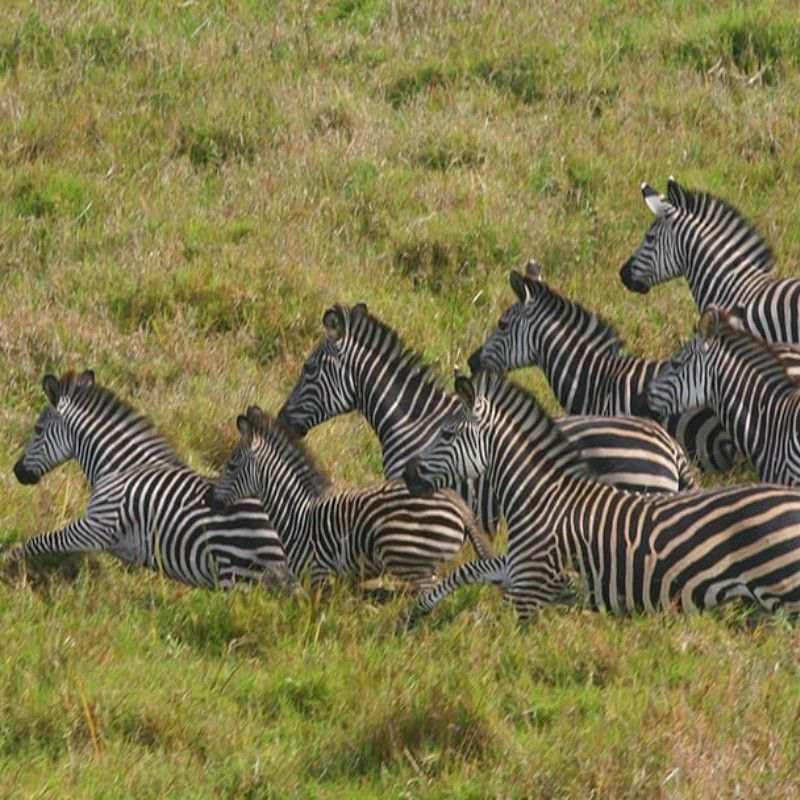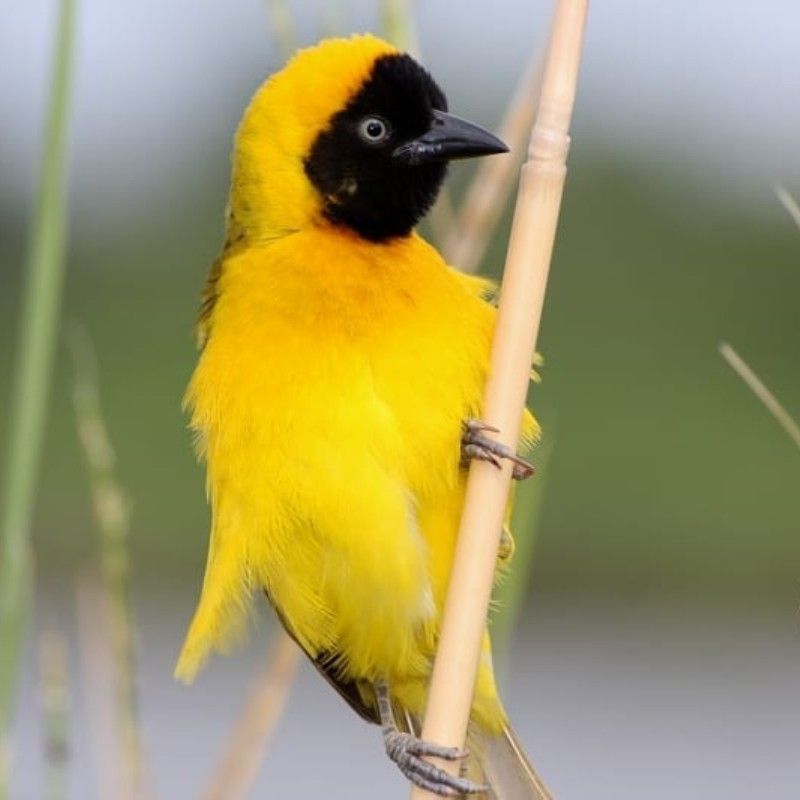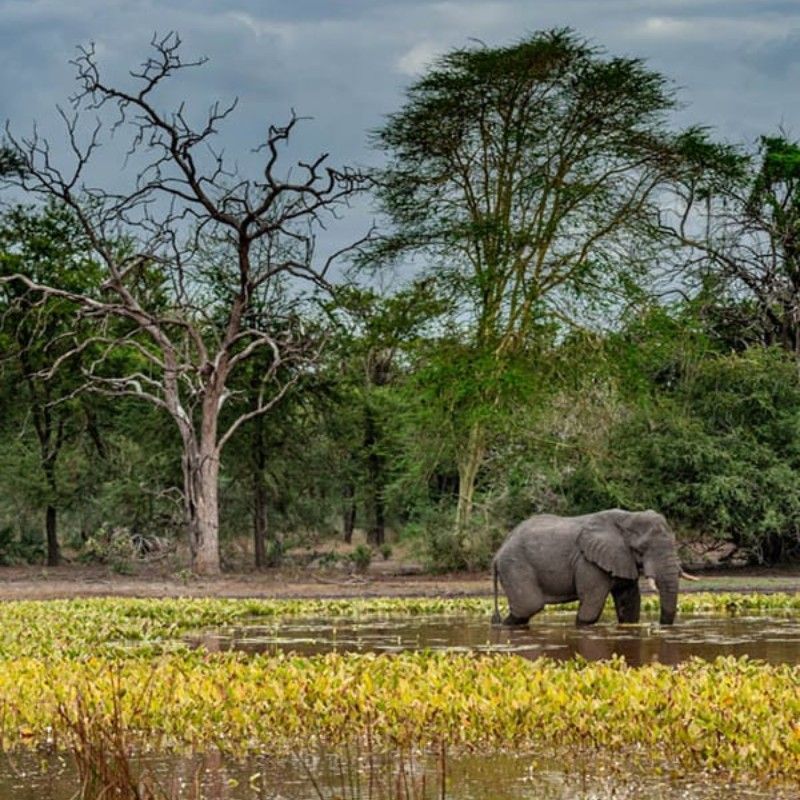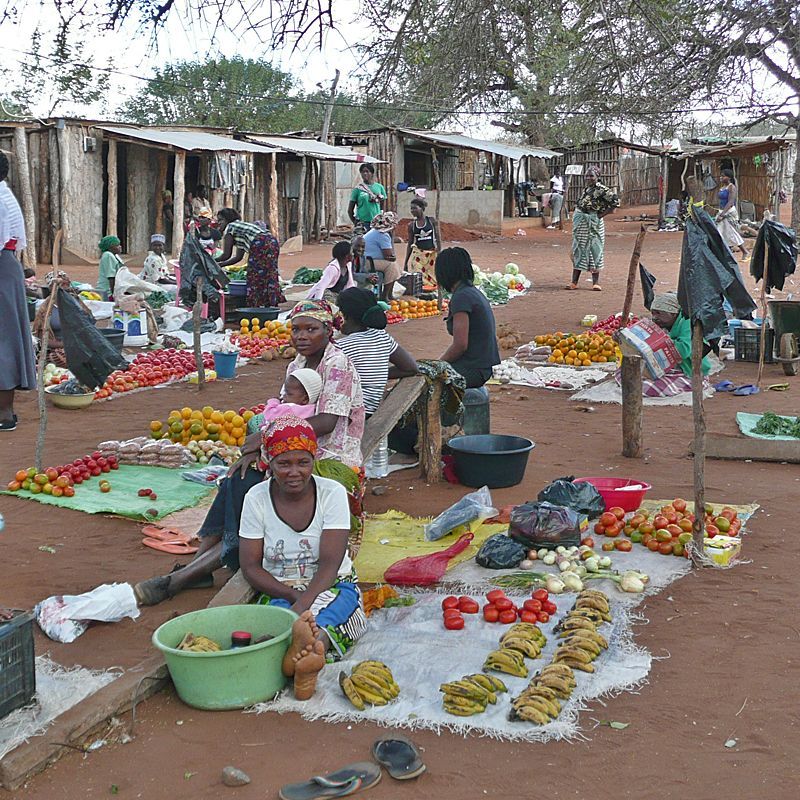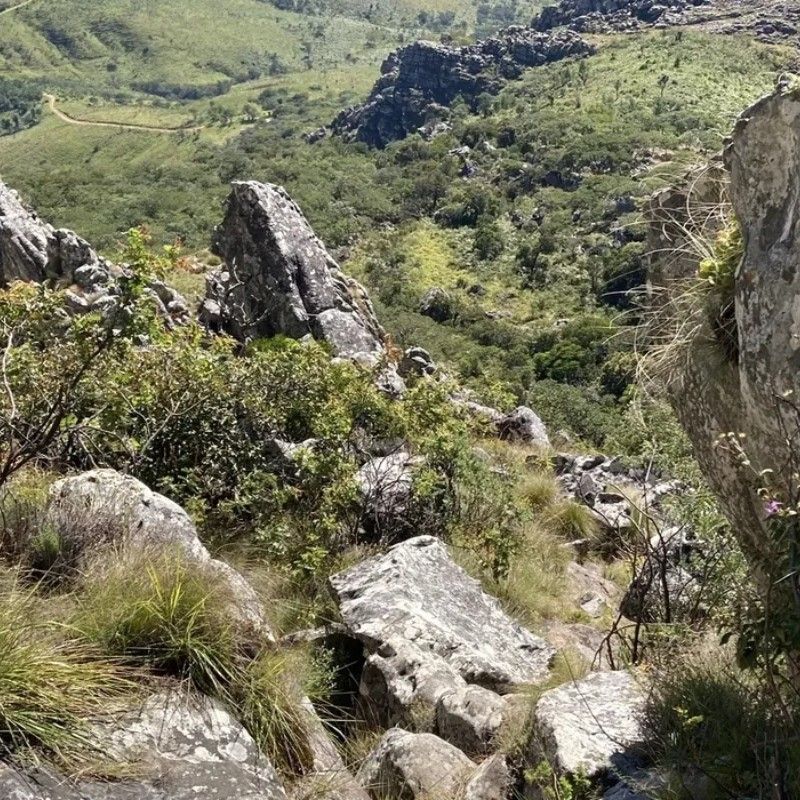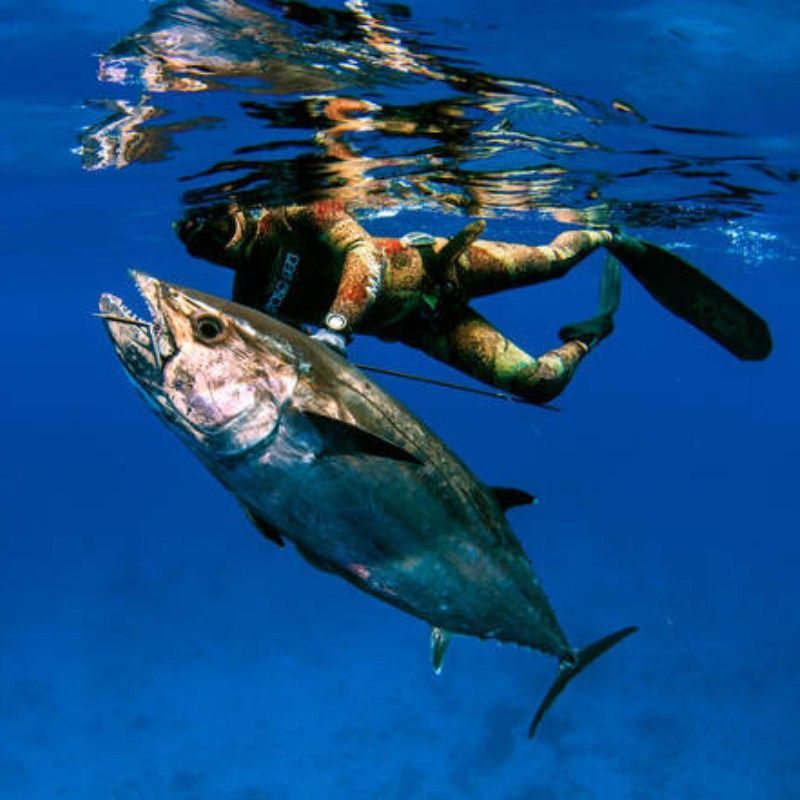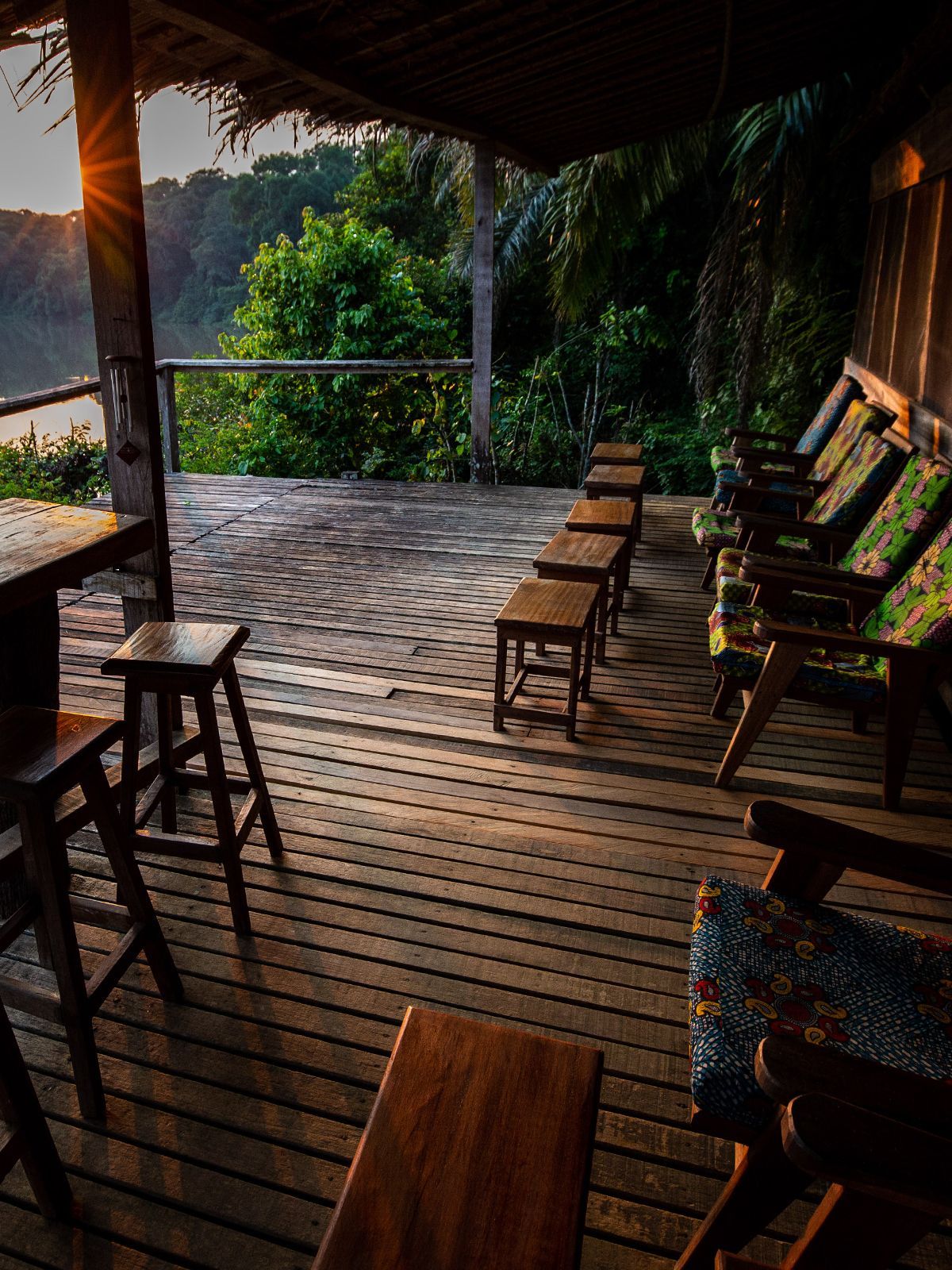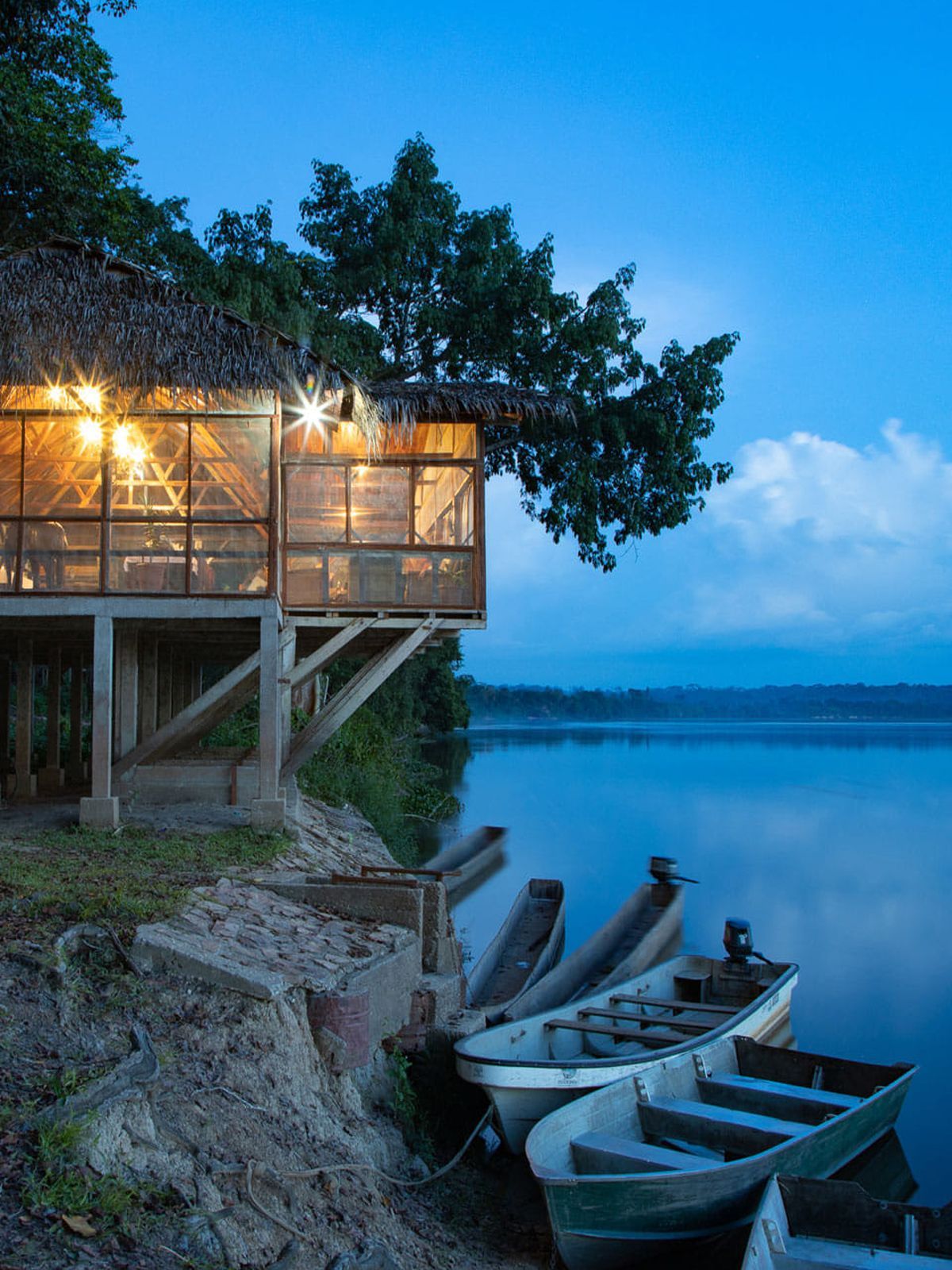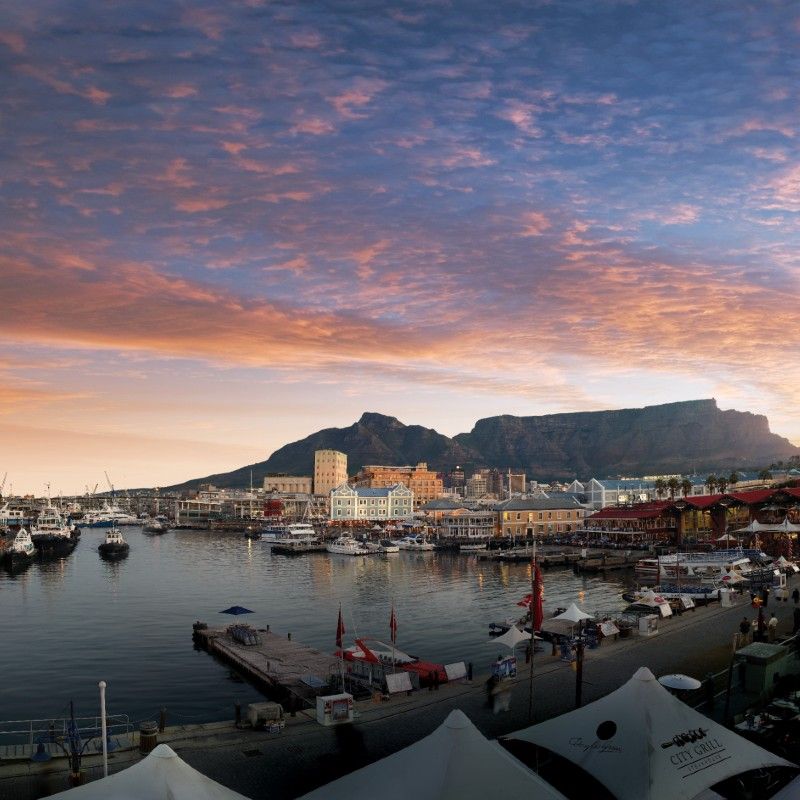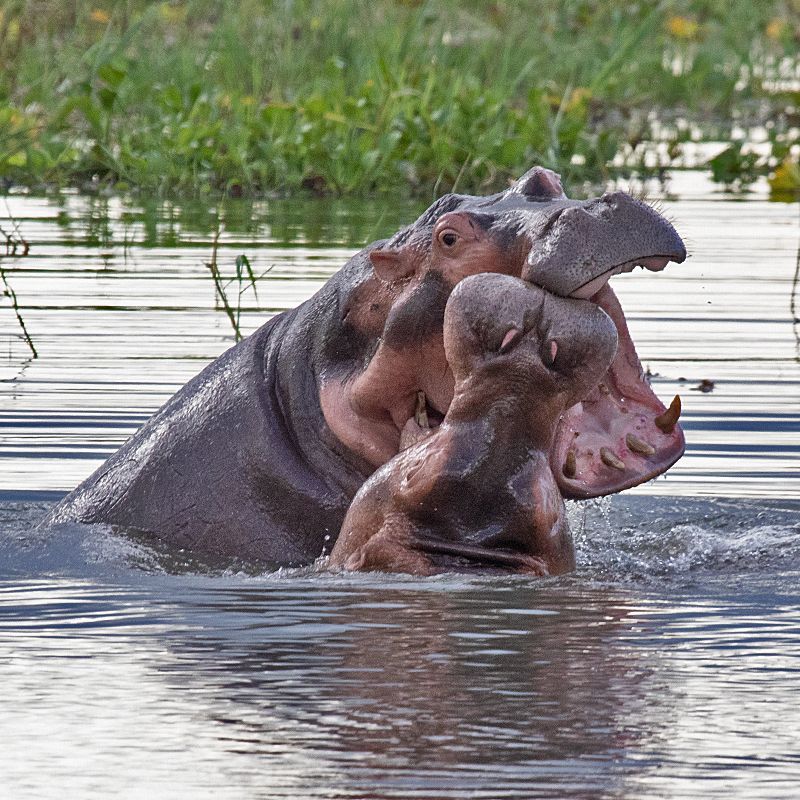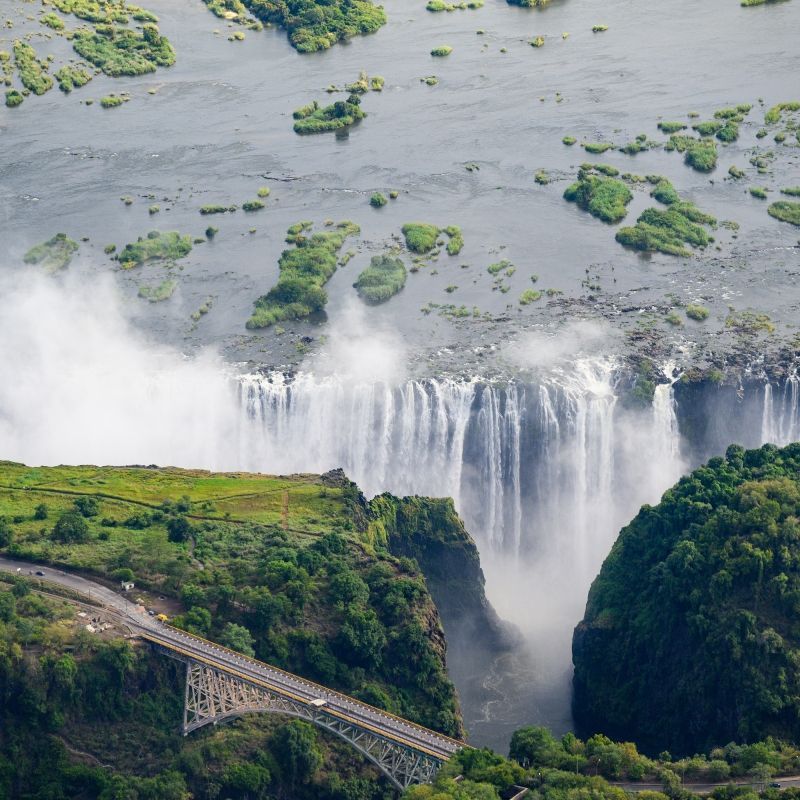Work in Progress ... Page Under Construction
Travel to the Mozambique
Mozambique, located in southeastern Africa along the Indian Ocean, is a country defined by its extensive coastline, diverse ecosystems, and rich cultural history. Its 1,500-mile coastline features marine reserves, coral reefs, and islands, offering numerous opportunities for exploration and aquatic activities.
The Quirimbas and Bazaruto Archipelagos are notable marine sanctuaries. The Quirimbas, in the north, consists of islands and coral reefs that support vibrant marine life, ideal for snorkeling and diving. The Bazaruto Archipelago, further south, includes dunes, seagrass beds, and lagoons that serve as habitats for various marine species.
Inland, Mozambique’s rivers, such as the Zambezi and Limpopo, sustain both human communities and diverse wildlife. Gorongosa National Park is a restored wilderness area that offers opportunities to observe animals, birds, and the broader ecosystem through game drives and walks.
Mozambique also has a rich cultural heritage, showcased in places like Ilha de Moçambique, a UNESCO World Heritage Site. This island reflects Swahili, Arab, and Portuguese influences in its architecture and urban design. Maputo, the capital, blends local and international traditions in art, music, and cuisine.
Coastal communities highlight Mozambique’s connection to the ocean, with fresh seafood and traditional dishes central to daily life. The country’s music and dance forms, such as marrabenta and timbila, are integral to cultural celebrations and social gatherings.
Mozambique offers a combination of natural and cultural experiences. Its islands, parks, and coastal towns provide activities ranging from exploring coral reefs to learning about its history and traditions.
Start planning your tailor-made safari holiday
Must Visit in Mozambique
Mozambique, where the Indian Ocean meets the Quirimbas, Bazaruto, and Gorongosa. A destination offering marine wonders,
rich wildlife, and cultural heritage along its vast coastline!
Quirimbas Archipelago
A northern chain of 32 islands featuring coral reefs, mangroves, and marine biodiversity. Most of which are part of the Quirimba National Park. The archipelago is also known for colonial-era ruins, including forts and its traditional fishing villages.
Bazaruto Archipelago
A protected marine sanctuary of six islands with dunes, clear lagoons, and seagrass beds. Known for its diverse marine life, including dolphins and dugongs, it is ideal for diving, fishing, and enjoying unspoiled beaches and tranquil waters.
Ilha de Moçambique
A UNESCO World Heritage Site that reflects Swahili, Arab, and Portuguese influences. The island’s historic stone buildings and narrow streets offer insight into Mozambique’s rich cultural past, making it a must-visit for history and architecture enthusiasts.
Maputo
Mozambique’s bustling capital, is an Indian Ocean port with preserved Portuguese colonial architecture. It is also known for its art galleries, vibrant music scene, and culinary offerings. Visitors can explore landmarks like the Central Market or Railway Station.
Gorongosa National Park
A preserved area in the Great Rift Valley of central Mozambique. Its forests and savannahs are home to lions, hippos and elephants. Lake Urema and its wetlands and rivers attract scores of water birds. The Murombodzi Falls spills over rocks on the slopes of Mount Gorongosa.
Chimanimani Mountains
The mountain range bordering Zimbabwe, feature ancient crystalline rock formations, diverse forests, savannas, and grasslands. Visitors can hike or birdwatch, exploring lush valleys, waterfalls, and unique flora in this rugged and scenic natural area.
Limpopo National Park
part of the Great Limpopo Transfrontier Park, features diverse ecosystems including savannas, woodlands, and riverine landscapes. Visitors can explore its wildlife, including elephants and antelope, and enjoy scenic drives and cultural encounters with local communities.
Inhambane
Also known as Terra de Boa Gente, it is a historic coastal town, known for its dhow-filled bay, colonial architecture, and rich cultural heritage. Visitors can explore nearby beaches, vibrant markets, and marine activities such as snorkeling and diving in its pristine waters.
Niassa National Reserve
Mozambique’s largest protected area, features vast woodlands, rivers, and rocky outcrops. It supports diverse wildlife, including elephants, lions, and wild dogs, offering opportunities for wildlife viewing, birdwatching, and experiencing untouched wilderness.
Zinave National Park
A large conservation area combining wetlands, woodlands, and savannahs. It’s home to a growing population of wildlife, including elephants and zebras, and offers a quieter alternative for those seeking to explore Mozambique’s natural habitats.
Mozambique in Video
Nothing documents a destination better than a short video and Mozambique is illustrated well in this one.
Take a look at our Inspiration Africa YouTube Channel where you will find many travel related videos about Africa; don't forget to SUBSCRIBE to be kept up to date with new posts.
Must Do in Mozambique
Each destination offers its own experiences and here are some "must do" activities to experience in Mozambique!
Best Time to visit Mozambique
Mozambique’s tropical climate offers distinct seasons that influence the best times to visit.
The dry season, from May to October, is ideal for most activities. Temperatures are pleasant, humidity is low, and wildlife viewing is excellent in national parks such as Gorongosa and Limpopo. This period is also perfect for exploring beaches and marine reserves like the Bazaruto and Quirimbas Archipelagos, as the calm, clear waters enhance snorkeling and diving experiences.
The wet season, from November to April, brings higher temperatures and occasional heavy rains. While some areas may be harder to access, this is the best time to visit if you’re interested in birdwatching, as migratory species arrive. The landscape is lush, and the warm seas remain inviting.
For whale watching along the coast, July to November is prime time, with humpback whales migrating through Mozambican waters during these months.
Bear in mind that each season has its own particularities, and that a non-advised season may well correspond perfectly to your specific needs.
Receive our travel inspirations in your mailbox
Mozambique Travel Tips
By default, since we only work on a tailor-made basis, each of our travel projects will always be accompanied by our travel tips on the destinations to be visited. These will of course be adapted to the type of trip envisaged and the reality of the activities and places visited. If you would like general travel advice for Mozambique, please don't hesitate to contact us via the "contact us" button.
Where to Stay in Mozambique
Mozambique offers a diverse range of accommodations, from luxury lodges and boutique hotels to eco-resorts and rustic beach bungalows. Given the price level, it's important not to make the wrong choice. Our mission is to help you select what you like best. While inviting you to explore new options.
Mozambique Combines Well With
Mozambique pairs well with several neighboring countries, offering a diverse travel experience that combines wildlife safaris,
cultural exploration, and pristine beaches.





